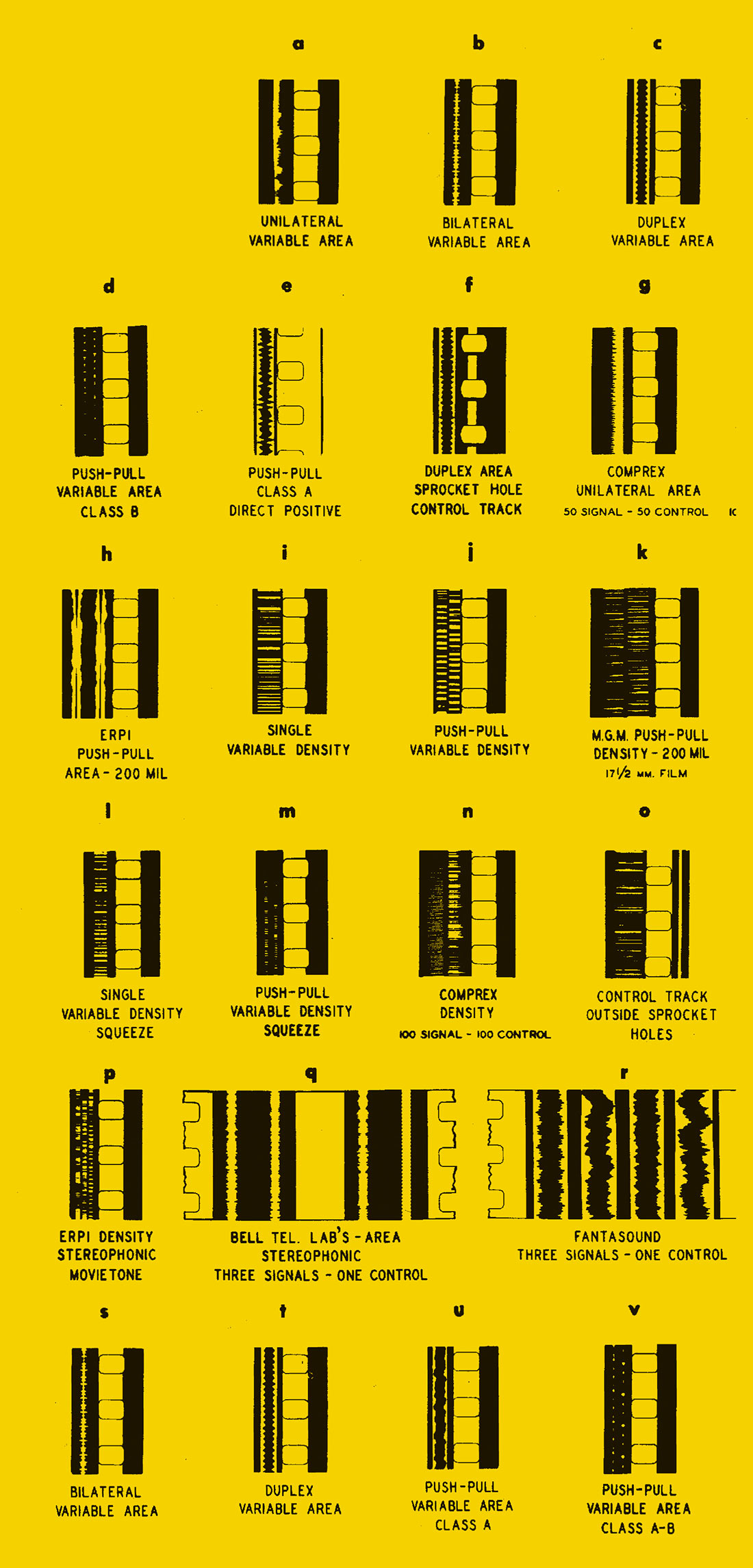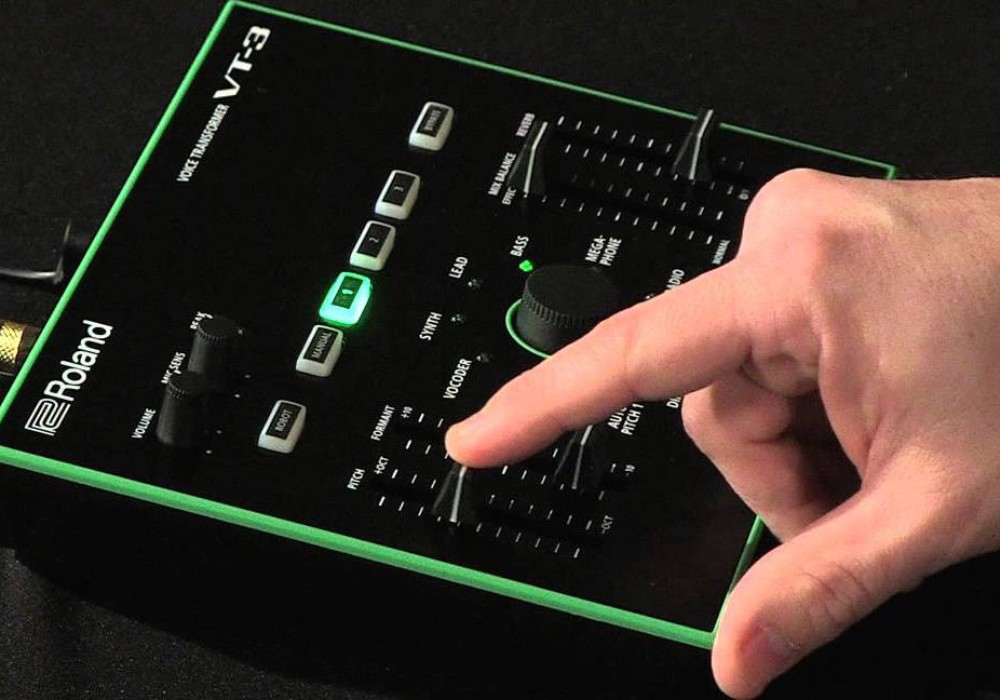Sometimes you need a hammer. Sometimes you need a Leatherman. Then again, maybe you need eight hammers with a folding torque-wrench attachment plus bottle openers on each. Um. What I'm trying to say is that this eight-input mic preamp from Focusrite does a lot of heavy lifting for my studio, especially when fitted with the optional eight-channel 192 kHz-capable A/D converter card.
The ISA 828 is a heavy 2RU-height chassis containing eight Neve-inspired ISA-series transformer-based preamps. As well as eight mic-level XLR inputs in back, there are eight rear-mounted TRS line-level inputs and four front-panel instrument DI inputs; and all eight channels have inserts. Packed in a relatively compact space, each channel has switchable input-impedance (four options for mics, two for line and DI), high-pass filter, polarity inversion, insert switching, six-segment LED meter, and phantom power. So, it gets the job done, right? Right — this is a rackmount workhorse, indeed. But how does it sound?
Clean, smooth, detailed — these are the superlatives I kept coming back to in my ongoing internal dialog when testing the ISA 828 on a range of sources with a number of mics. Paired with Shure SM57 and Beta 52, Sennheiser MD 421 and MD 441-U, and Telefunken AR-51 mics, this kit is a drum-tracking monster. I particularly love its response on kick and toms; and having 75 Hz HPFs, polarity reverse, and impedance selection on each channel is invaluable. It's easy to see the ISA 828 becoming a go-to utility for mobile multitracking. It's that flexible — and that good. The impedance switching in particular really allows for a surprising amount of sound tailoring in a 2U-height box; I tested the effect it had on the transient response of various drums in the above multitracking session, and it's not exactly subtle, which is what I'm looking for in a toolbox with so many options; I want different "flavors" committed to tape when my mic options are limited.
Tracking acoustic guitar with a Royer R-121 ribbon mic was a pleasant surprise. A maximum of 80 dB of gain is available through a rotary gain switch (with 10 dB steps) coupled with a 20 dB trim pot. I was concerned that I wouldn't be able to quickly find this preamp's sweet spot for such a relatively challenging source/mic combo. But the ISA 828 has such a broad range, with so much clean headroom, that it was easy to dial in a great sound, with minimum fuss (even with a fussy ribbon).
One killer feature for my home studio is the optional A/D converter card. Eight channels of pristine conversion (check the specs online!), up to 192 kHz over ADAT optical into my Universal Audio Apollo, and suddenly I have an amazing hi-res 16-input rig that's 3RU high. Installing the card into the ISA 828 was relatively simple (note that the same card can be used in the four-channel ISA 428 too). Cracking open the ISA 828 gave me the opportunity to admire the point-to- point wiring and the eight Lundahl mic input transformers. This is a well-built beast, clearly. The card clocks to my Apollo via BNC, and passes the full eight channels up to 96 kHz, and steps down to four channels (over two ADAT cables) at 176.4 or 192 kHz sample rates. AES/EBU and S/PDIF outputs are also available via a single DB25.
The metering on the front face of the unit is meh, but functional. I could at least discern between appropriate level and peaks, and it's a willing compromise to have all eight channels available (did I mention 2RU height?). Also on my gripe list was the external insert routing — although a great feature to have, it does require the purchase of yet another DB25 snake in addition to the DB25 snake for the analog outputs. Note that external processors are inserted between the preamp and the A/D converter — again, super nice to be able to insert a compressor or four before conversion.
Overall, I love the added functionality the ISA 828 gives my studio, and its price point is reasonable when you break it down to cost-per-channel. Yeah, sometimes you need an impedance- selectable hammer with 192 kHz converters. I'll take eight of those hammers, please.





_disp_horizontal_bw.jpg)